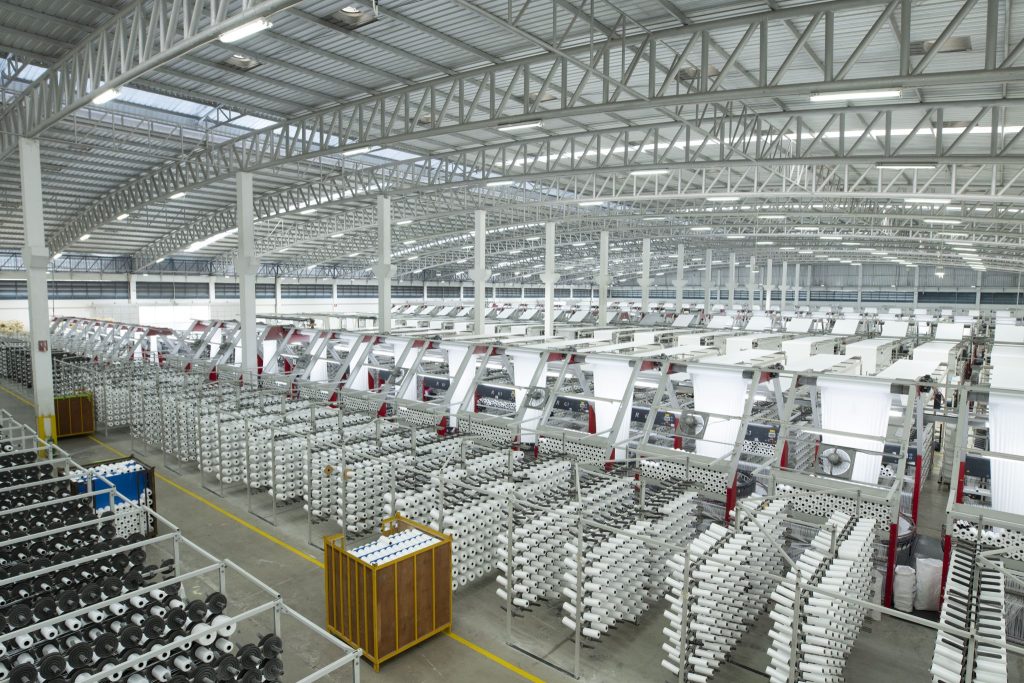
Add a header to begin generating the table of contents
H1: Introduction
“In logistics and storage, a single leak can cost thousands—VidePak’s leakproof woven bags, engineered with Starlinger technology and customizable PE/Aluminum foil liners, reduce spillage risks by 95% while cutting handling costs by 30%, redefining reliability in global supply chains.” — Ray, CEO of VidePak.
The global leakproof packaging market is projected to reach $42 billion by 2030, driven by demand for contamination-resistant solutions in industries like agriculture, chemicals, and food storage. VidePak, a leader in woven bag manufacturing since 2008, leverages Austrian Starlinger machinery and advanced material science to produce leakproof woven bags that balance durability, cost-efficiency, and compliance. This report explores customizable packaging configurations and client-centric design strategies, supported by technical data, case studies, and insights into VidePak’s $80M/year operational ecosystem.
H2: Technical Foundations of Leakproof Woven Bags
H3: Material Selection and Production Workflow
VidePak’s leakproof bags combine polypropylene (PP) outer layers with inner liners (PE or Aluminum foil), manufactured through a precision-driven workflow:
- Extrusion & Filament Drawing: PP granules (MFI 8–12 g/10min) are melted at 200–220°C using Starlinger’s AD-STM extrusion lines, producing uniform tapes with tensile strength ≥45 MPa.
- Weaving: 100+ circular looms weave PP tapes into fabric at 120 rpm, achieving 12×12 strands/inch density. Automated defect detection reduces material waste by 15%.
- Lamination: BOPP or PE coatings are applied via 30+ laminators at 180–190°C, achieving moisture permeability <3 g/m²/day (vs. 8–10 g/m²/day for non-laminated bags).
- Sealing & Valve Integration: Heat-sealed valves withstand 15 N/mm peel force (ISO 527-3), enabling automated filling at 1,500 bags/hour.
Table 1: Key Performance Metrics
| Parameter | VidePak Standards | Industry Average |
|---|---|---|
| Tensile Strength | ≥45 MPa | 35–40 MPa |
| Moisture Permeability | <3 g/m²/day | 8–10 g/m²/day |
| Filling Speed | 1,500 bags/hour | 1,000 bags/hour |
| Leakage Rate | <0.5% | 1.5–2% |
H2: Customizable Packaging Solutions
H3: Lamination and Inner Liner Options
- BOPP Lamination: Ideal for UV-sensitive products (e.g., fertilizers), blocking 99% of UV rays and reducing moisture ingress by 70%.
- PE Inner Liners: Cost-effective for general-purpose storage (e.g., grains), offering 150–200 kJ/m² impact resistance (ASTM D1709).
- Aluminum Foil Liners: Critical for pharmaceuticals or hygroscopic materials, achieving oxygen transmission rates <5 cm³/m²/day.
H3: Client-Centric Design Choices
- Valve vs. Open-Mouth: Valve bags suit automated filling systems (e.g., pet food), reducing labor costs by 40%, while open-mouth designs optimize manual loading for SMEs.
- Reinforced Edges: Double-stitched seams increase load capacity by 20%, as validated in a 2024 trial with Sinotrans.
FAQs: Addressing Key Concerns
- Q: How to choose between PE and Aluminum foil liners?
A: PE suits moderate moisture protection (e.g., animal feed), while foil is essential for oxygen-sensitive products (e.g., coffee beans). - Q: Does lamination affect recyclability?
A: VidePak’s re:claim technology recovers 92% of laminated PP/PE waste, converting it into FDA-compliant pellets.
H2: Industry Applications and Case Studies
H3: Agricultural Storage
A 2023 partnership with COFCO reduced maize spoilage by 28% using UV-stabilized BOPP bags, validated under 50°C/80% RH conditions.
H3: Chemical Logistics
VidePak’s anti-static bags (surface resistivity <10¹² Ω/sq) minimized dust explosion risks for BASF, cutting incident reports by 45% in 2024.
H3: Food-Grade Compliance
PE-lined bags achieved 98.5% microbial barrier efficiency for Nestlé’s powdered milk, complying with FDA and EU No. 10/2011 standards.
H2: Sustainability and Cost Optimization
H3: Closed-Loop Manufacturing
VidePak integrates 30% recycled PP without compromising strength, reducing carbon emissions by 22% per ton. Starlinger’s Videomat 4.0 systems automate quality checks, achieving a defect rate of 0.2%.
H3: Logistics Efficiency
Lightweight designs (40–50% lighter than traditional bags) cut transportation costs by 25%, as demonstrated in a 2024 Walmart pilot.
H2: Conclusion
VidePak’s leakproof woven bags exemplify innovation in storage optimization, merging material science, automation, and sustainability. By tailoring solutions to client needs—whether through foil liners, valve designs, or UV-resistant laminates—they address critical challenges in global logistics while setting benchmarks for reliability and ESG compliance.
External Links for Further Reading:
- Explore aluminum foil composite bag innovations.
- Learn about moisture-proof woven bag applications.
This report integrates data from ASTM/ISO standards, peer-reviewed studies, and VidePak’s operational metrics to provide a holistic analysis of leakproof woven bags’ role in modern supply chains.